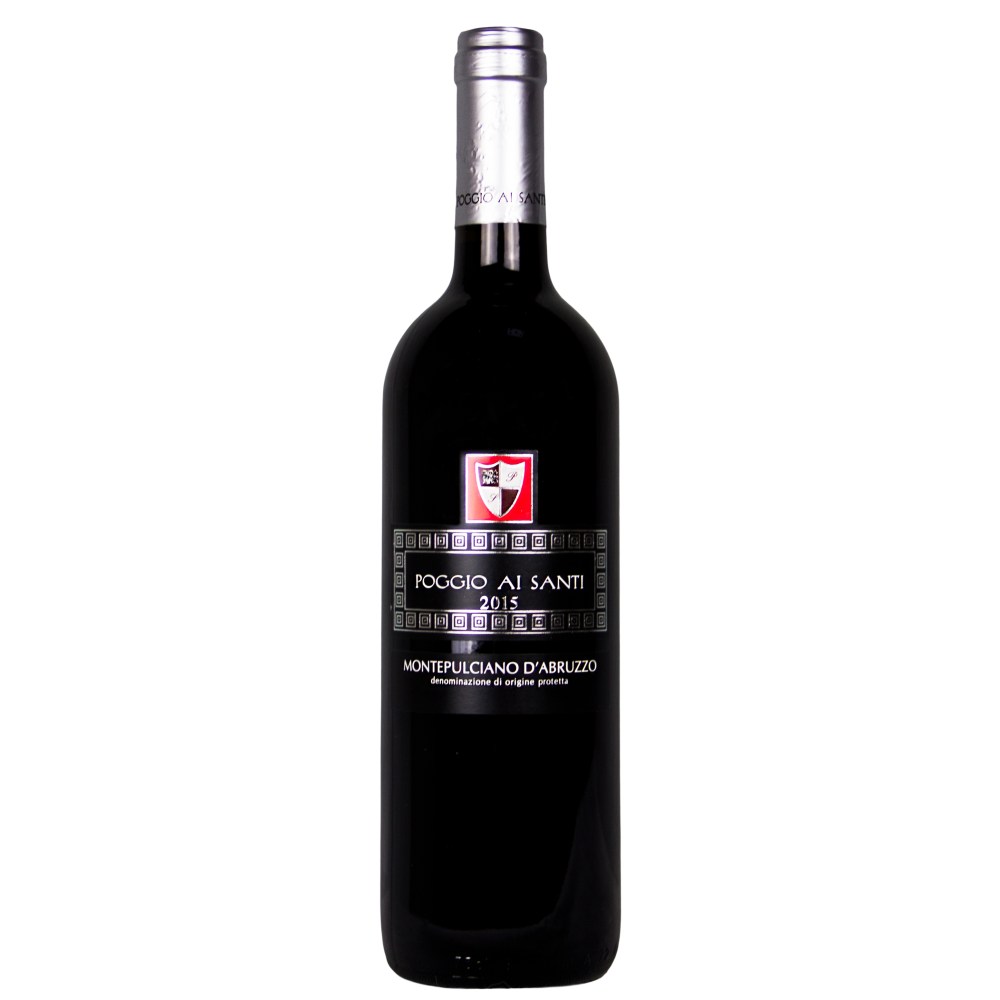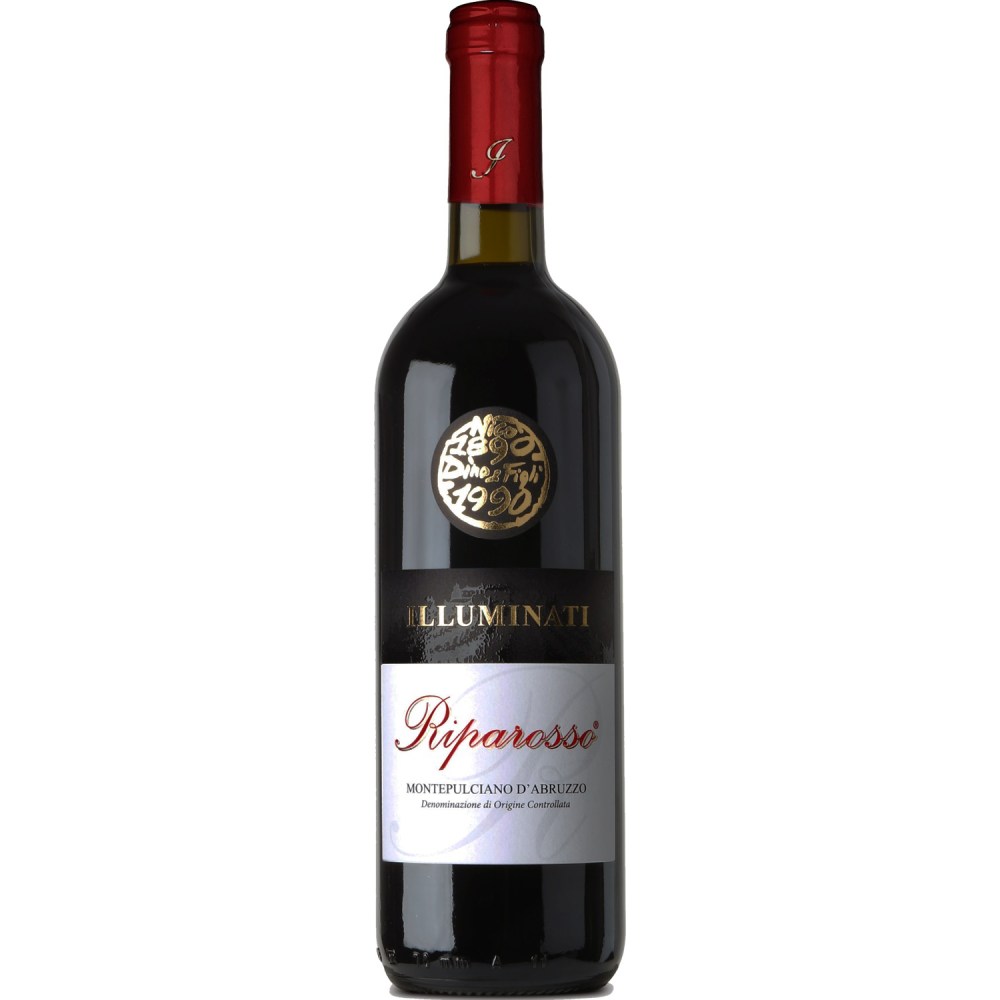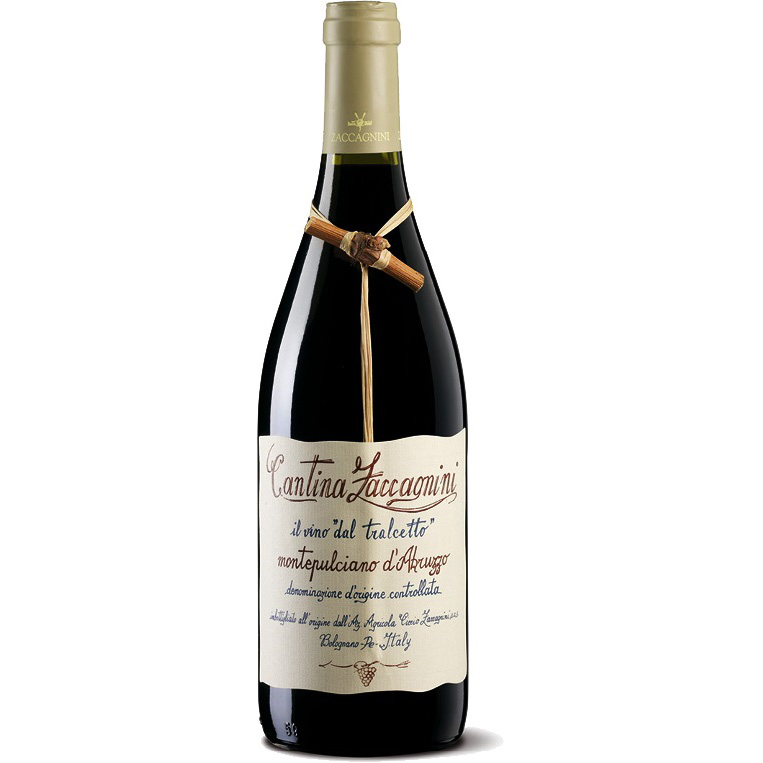Wines abuzz in Abruzzo
This Italian region isn’t as well known, but has surprisingly good vino
Advertisement
Read this article for free:
or
Already have an account? Log in here »
To continue reading, please subscribe:
Monthly Digital Subscription
$0 for the first 4 weeks*
- Enjoy unlimited reading on winnipegfreepress.com
- Read the E-Edition, our digital replica newspaper
- Access News Break, our award-winning app
- Play interactive puzzles
*No charge for 4 weeks then price increases to the regular rate of $19.00 plus GST every four weeks. Offer available to new and qualified returning subscribers only. Cancel any time.
Monthly Digital Subscription
$4.75/week*
- Enjoy unlimited reading on winnipegfreepress.com
- Read the E-Edition, our digital replica newspaper
- Access News Break, our award-winning app
- Play interactive puzzles
*Billed as $19 plus GST every four weeks. Cancel any time.
To continue reading, please subscribe:
Add Free Press access to your Brandon Sun subscription for only an additional
$1 for the first 4 weeks*
*Your next subscription payment will increase by $1.00 and you will be charged $16.99 plus GST for four weeks. After four weeks, your payment will increase to $23.99 plus GST every four weeks.
Read unlimited articles for free today:
or
Already have an account? Log in here »
Hey there, time traveller!
This article was published 25/06/2022 (1263 days ago), so information in it may no longer be current.
For as long as I’ve been writing about wine (more than 16 years in this space now), there’s been one wine-producing country that’s been top of my bucket list to visit — Italy.
So when the chance arose to visit the Abruzzo region in early June with a whole bunch of Canadian and American wine writers, sommeliers and influencers, I jumped at it.
Abruzzo isn’t as well-known (or opulent) a wine-producing region as, say, Tuscany or Piedmont, but what it does offer up are wines with a great sense of place that are typically very good values and incredibly food-friendly.

The region itself is located about two hours northeast of Rome, nestled near the Adriatic Sea. It’s a fairly rustic region that might not bring as modern a style as its Tuscan or Piedmontese counterparts, but what it does deliver is timeless beauty as well as wines with a true sense of place and with great character — not surprising given it’s one of the oldest wine-producing regions in the western world.
While you’ll see some rows of vines in Abruzzo that look similar to other grape-growing regions, many producers also employ a pergola-type trellising system called “tendone” (pronounced ten-dough-nay). They criss-cross about two metres above ground, the leaves growing across wires on the pergola and providing shade for the grapes during the blazing hot summers while still allowing air to pass below, keeping moisture levels (and therefore mildew issues) low.
There are three main grape varieties grown in the Abruzzo region. White wines tend to be made with either the Trebbiano grape, a workhorse white that produces easy-drinking, light and fresh wines when drunk fresh, or from Pecorino, an early-ripening grape that often creates wines with greater character. Generally speaking, whites from Abruzzo are typically aged in stainless steel tanks or vats rather than oak.
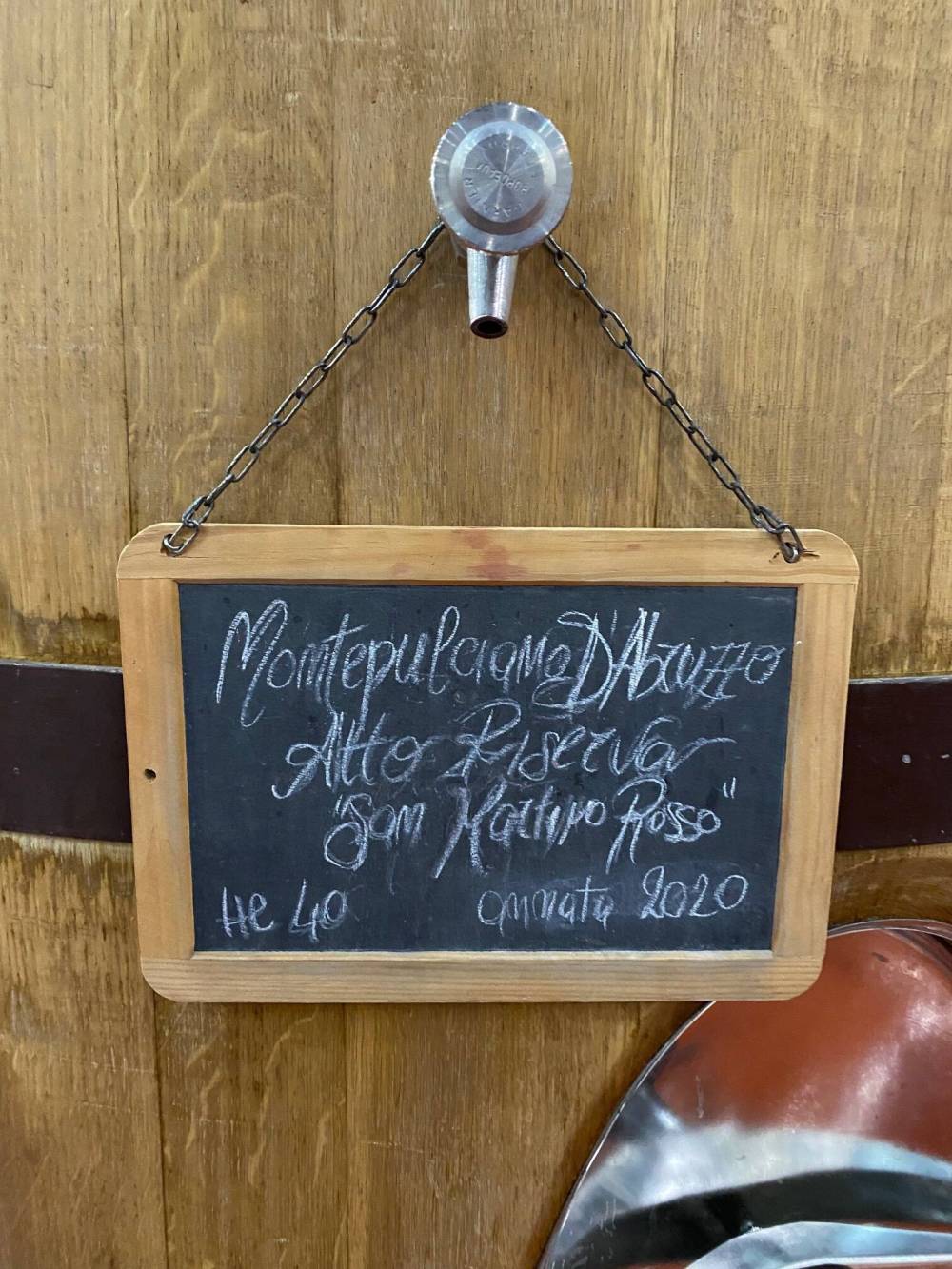
For reds, the name of the game is Montepulciano, a late-ripening variety grown throughout central and southern Italy but which is primarily known for its use in Montepulciano d’Abruzzo wines. (Don’t confuse these with Vino Nobile de Montepulciano wines from Tuscany, which are made from the Sangiovese grape hundreds of kilometres away.)
Montepulciano d’Abruzzo reds tend to be bright but deep purple in colour, with loads of dark berry notes delivered with decent acidity. While most of the examples we see in our market are either aged in stainless steel or larger oak vats before bottling, some higher-end examples do spend time in 225-litre barriques, which impart more woody influences and tannins.
The Montepulciano grape is also used to create the region’s rosé wines, called Cerasuolo d’Abruzzo. While the word “cerasuolo” means “pale cherry red,” these pink wines are in fact deep in colour thanks to the juice being macerated with the grape skins for some hours before being drained off. That skin contact gives the dry rosés both their deep colour and some tannins, making them perfect for summer sipping on their own or with a wide range of dishes.

Food-wise, the wines do best with dishes typical to the region. For the whites, think seafood dishes and lighter pastas (or salads and lighter grilled fare); grilled lamb is the name of the game for reds (although pizza and general barbecued meats work here as well). Charcuterie/antipasto offerings of meats, cheeses, bread and olives also do the trick quite nicely, particularly with the Cerasuolo d’Abruzzo wines.
In general, most of the wines from Abruzzo we see in the Manitoba market are $20 or less, and are very good values. There are a few options from Liquor Marts, and a few more from private wine stores. Go with whites that are no older than 2020 and reds from 2019 or newer for optimal freshness. As for the Cerasuolo d’Abruzzo, there are only two in the province I’ve found and both are at private wine stores. The region’s higher-end offerings are tougher to find here, but if you do see some, don’t hesitate to give them a try.
If you’re planning a trip overseas in the months to come and as things (hopefully) open back up, I’d highly recommend Italy’s Abruzzo region, both for its wine-and-food offerings as well as for its picturesque beauty.
uncorked@mts.net
Twitter: @bensigurdson
Wines of the week
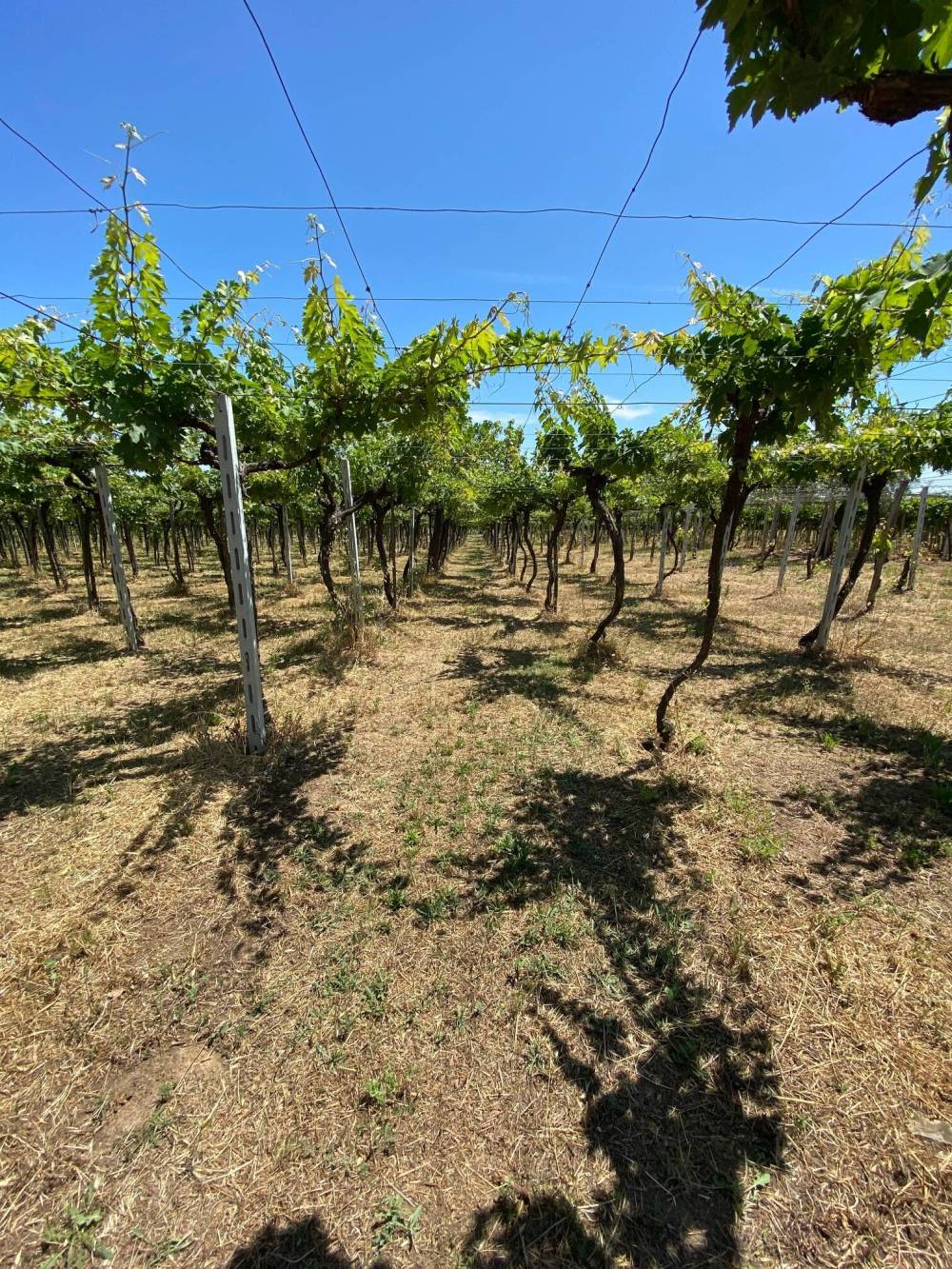
Domenico Angelo Radica 2019 Cerasuolo d’Abruzzo (Abruzzo, Italy – around $16, private wine stores)
Bright deep cherry red in colour, this rosé made from the red Montepulciano grape brings bright cherry, raspberry, strawberry and watermelon notes. It’s light-plus bodied and bone dry, yet the ripe red berry and cherry flavours offer plenty of ripeness with just a hint of tannin from the grape skins. Chill this delicious organic pink wine down and drink on its own or with salads, milder cheeses, a fruit platter or even grilled pork loin. Definitely available at both La Boutique del Vino and Calabria Market. 4/5
Poggio Ai Santi 2018 Montepulciano d’Abruzzo (Abruzzo, Italy – around $14, private wine stores)
There’s an earthy, leathery note to the Poggio ai Santi that you don’t often find in Italian reds from the Abruzzo region; it works well with the plum, ripe cherry and blueberry aromas. It’s a dry, medium-plus bodied red that delivers dark berry, plum and cherry notes with hints of white pepper, spice and raspberry candy flavours, a splash of acidity, slightly chewy tannins and a somewhat lengthy finish. There’s more going on here than you’d expect at this price point. Picked up at Calabria Market. 3.5/5
Illuminati 2019 Riparosso Montepulciano d’Abruzzo (Abruzzo, Italy – around $17, private wine stores)
A consistently good value, this Abruzzo red brings blackberry, plum and white pepper aromas, as well as a black tea component and an earthy, rustic edge. It’s dry, medium-plus bodied and juicy, with blackberry and cherry flavours front and centre, an herbal/rustic component coming behind, and a nice balance of modest tannins and light but fresh acidity. An ideal wine for margherita pizza, spaghetti or other pasta dishes. Available at most private wine stores. 4/5
Cantina Zaccagnini 2019 Montepulciano d’Abruzzo (Abruzzo, Italy – $19.99, Liquor Marts and beyond)
There’s plenty going on aromatically here, including notes of plum, raspberry, black licorice, blackberry and white pepper. On the medium-plus bodied palate the blackberry and raspberry flavours are dense and chewy, with a peppery note to accompany the modest tannins and acidity. Try with brisket, burgers or hard cheeses. 3.5/5

Our newsroom depends on a growing audience of readers to power our journalism. If you are not a paid reader, please consider becoming a subscriber.
Our newsroom depends on its audience of readers to power our journalism. Thank you for your support.



